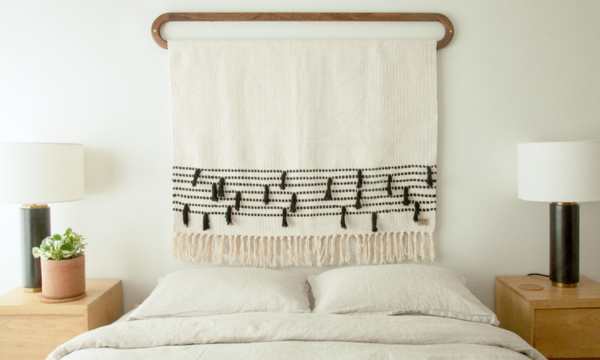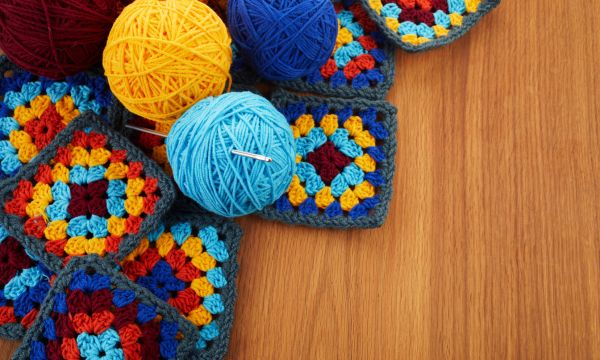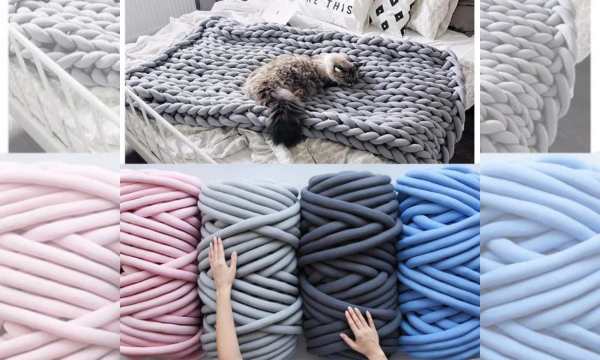Blanket stitch is a decorative and useful embroidery method that has been used for hundreds of years to make the edges and seams of many fabric projects look beautiful.
Ad
Whether you’re an experienced crafter or a beginner looking to improve your DIY skills, learning blanket stitch can make your projects look more elegant and professional. In this detailed tutorial, you will learn DIY how to make a blanket stitch. We also give you tips and tricks to help you achieve perfect results.
1. Basic Knowledge
Blanket stitch is a simple yet effective way to sew by hand. It consists of rows of stitches that are evenly spaced and form a border along the edge of the fabric. Besides protecting your projects from wear and tear, it also looks beautiful. Before you begin these steps, make sure you have the following:
Ad
Materials:
- You can choose any fabric
- DMC floss or thread for embroidery
- Needle for embroidery
- A pair of scissors
- Embroidery hoop (optional)
2. Step-by-Step Guide to Mastering Blanket Stitch
- Starting at the back: insert the needle into place from the back of the fabric and bring it to the front where the stitching begins. Pull the thread through until the button is secured at the back.
- Create the First Stitch: To make your first stitch, bring your needle back into the fabric from front to back, not far from your starting position (about 1/4 inch). Leave a thread loop at the top.
- Securing the Stitches: To secure the stitches, insert the needle through the loop you made in the previous step and pull it tight. This keeps the first stitch in place.
- Continue with blanket stitch: Do the same again, but this time make stitches evenly spaced along the edge of the fabric. For a clean and professional look, keep the distance between each stitch the same.
- Corner Stitch: When you reach a corner, adjust the stitch angle to make the bend smoother. To keep the edges clean, add extra stitches to the corners.
- End Stitch: To complete the blanket stitch, make the last anchor stitch so that it resembles the first stitch. Insert the needle through the loop, pull it tight, and tie a knot on the back of the fabric to hold it in place.
3. Tips and Tricks for Better Blanket Sewing
- Practice on scrap fabric: Before you start your main project, practice the blanket stitch on scrap fabric to get the hang of it, and make sure your stitches are properly spaced.
- Use an embroidery hoop: You don’t have to use it, but it can help keep your fabric taut and make sewing easier, especially if you’re just starting.
- Try different gauges of wire: Try using different gauges of wire to get different results. If you want a striking decorative edge, use thicker thread. If you want a more refined finish, use a finer thread.
- Mix and Match Colors: The fun part is mixing and matching different colors of yarn. Choose colors that contrast or match to make your project look more interesting.
- Combine blanket stitch with other techniques: To create a design all your own, mix blanket stitch with other embroidery techniques, such as satin stitch or French knots.
- Change the stitch length: You can adjust the length of the blanket stitch to suit your project. For thicker fabrics, longer stitches may work better, while shorter stitches can give a more detailed look.
Conclusion
When DIYers learn how to make a blanket stitch, they can be as creative as they want. This technique can be used to embellish clothing, create an interior, or give accessories a personal touch. It makes them more useful and beautiful. If you practice and pay close attention to the little things, you will soon be able to complete a project that showcases the beauty of the blanket stitch. Start improving your sewing and embroidery skills by grabbing what you need and following the steps in this guide.
FAQs
1. What is the purpose of a blanket stitch?
Ad
Blanket stitch does two things: it prevents the edges of the fabric from fraying and makes the fabric look nicer. It is often used to give embroidery and DIY projects a polished and professional look.
2. Can I sew a blanket on any type of fabric?
Yes, sewing blankets is possible on fabrics such as cotton, wool, felt, and linen. It is important to choose a fabric that suits the style and purpose of the entire project.
3. Do I need an embroidery hoop when sewing blankets?
An embroidery hoop is not required but can be helpful, especially if you are just starting. It keeps the fabric taut, making it easier to sew. However, some skilled craftsmen can achieve good results without this.
4. What kind of thread and needle should I use?
To make it easier to push the needle into the fabric, use a needle with a sharp point. Choose embroidery thread or thread that matches the fabric. Use thicker thread for a striking look. For a refined look, use a finer yarn.
5. Can I mix different thread colors in one project?
Certainly! Changing the color of your threads can make your project look more interesting. To get the desired effect, you can choose colors that are opposite to each other or colors that go well together.
6. How do you get around the corners when sewing blankets?
When you reach the corner, adjust the angle of the seam to make the bend smoother. Adding extra stitches to the corners will keep the edges clean.


